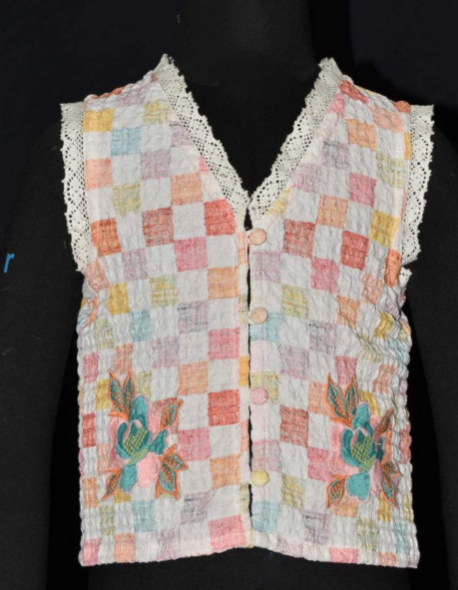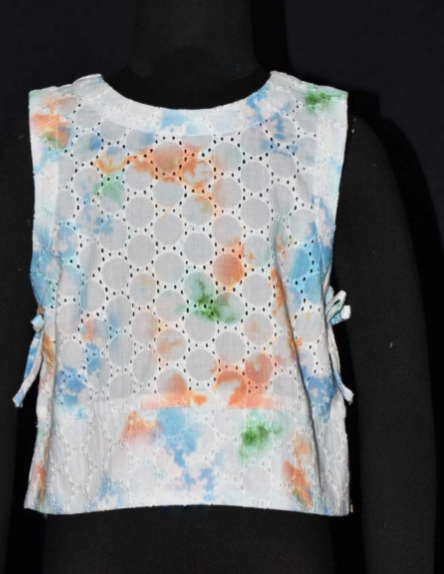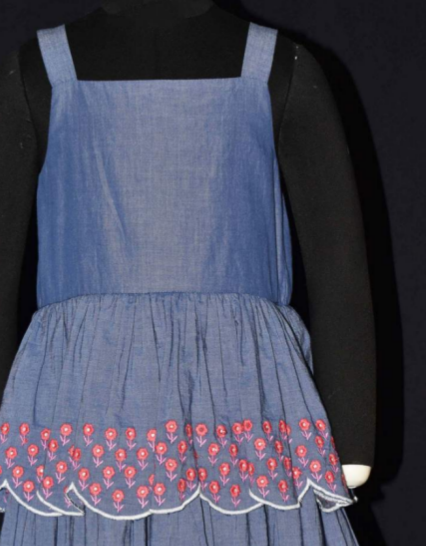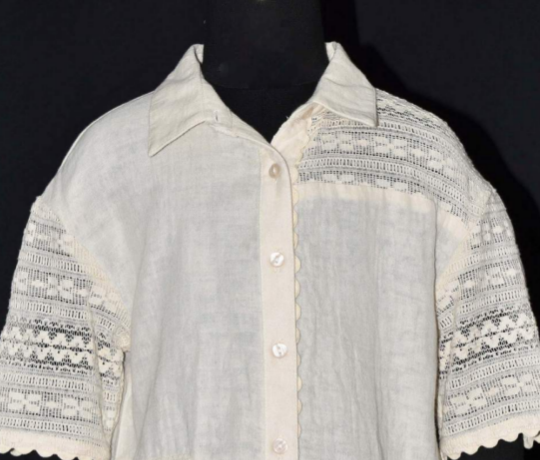Navigating Trade Regulations For Women’s Wear Exports In Poland
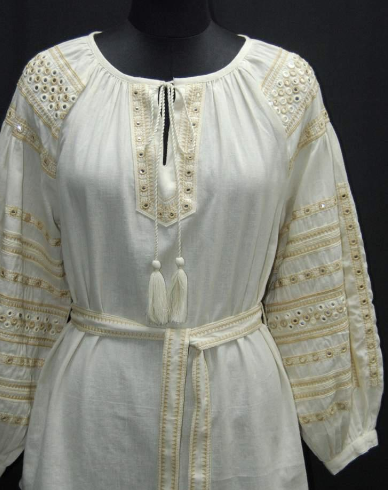
Poland has emerged as a key player in the European fashion and textile industry, making it an attractive destination for women’s wear exports. With its strategic location, modern infrastructure, and growing consumer demand, businesses looking to export readymade garments to Poland must navigate complex trade regulations to ensure compliance and seamless market entry.
Understanding Trade Regulations in Poland
Exporting women’s wear to Poland requires adherence to both national and EU trade regulations. Since Poland is part of the European Union, exporters must comply with the EU Textile Regulation (1007/2011), which mandates proper labeling, fiber composition disclosure, and country of origin information. Additionally, REACH (Registration, Evaluation, Authorisation, and Restriction of Chemicals) guidelines must be followed to ensure that clothing materials meet EU safety standards.
Furthermore, tariffs and duties on textile imports vary depending on trade agreements between Poland and exporting countries. Countries outside the EU may need to pay custom duties and VAT (Value Added Tax), which are calculated based on product classification under the Harmonized System (HS) Code.
Documentation and Compliance Requirements
To successfully export women’s wear to Poland, businesses must prepare the following essential documentation:
-
Certificate of Origin – Verifies where the garments are produced.
-
Commercial Invoice – Details product descriptions, pricing, and terms of sale.
-
Bill of Lading (B/L) or Airway Bill – Proof of shipment and delivery.
-
Textile Labeling Compliance – Ensures correct material descriptions and washing instructions.
-
Customs Declaration Forms – Required for smooth clearance at Polish borders.
Failure to meet these documentation requirements can lead to delays, penalties, or even rejection of goods at customs.
How Indian Manufacturers Can Enter the Polish Market
Indian manufacturers, including apparel manufacturers in Jaipur and readymade garment manufacturers in India, have a strong presence in global textile exports. To establish successful trade relations with Polish buyers, manufacturers should focus on:
-
Complying with EU quality standards.
-
Establishing direct partnerships with Polish fashion retailers.
-
Attending international textile fairs like Textile Warsaw Expo.
-
Implementing sustainable production practices to attract eco-conscious buyers.
Conclusion
Successfully exporting women’s wear to Poland requires a deep understanding of trade regulations, compliance measures, and market entry strategies. Indian exporters, including renowned names like Cheer Sagar, can leverage their expertise and manufacturing capabilities to expand into the Polish market while ensuring compliance with all necessary regulations.
Related Blog
5 Ways To Check Quality Before Buying Surplus Clothes
Buying surplus clothes in bulk can be a great way for retailers to access premium fashion at affordable prices. However,...
What Type Of Clothes Are Exported From India?
India has long been associated as the land of farming! But did you know that the country is equally sought...
How To Start A Profitable Garment Export Business
It's no secret that the garment export business is one of the most profitable and evergreen business ideas. In fact,...

